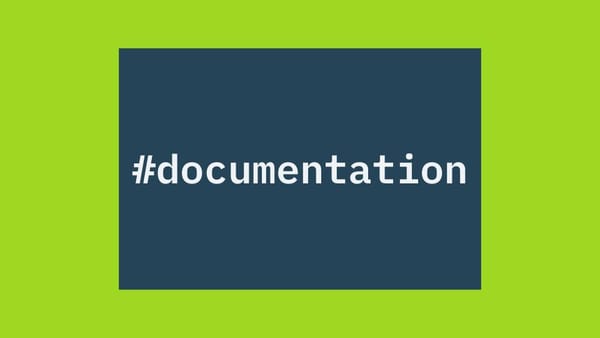The Quiet Art of Dashboard Survival

Some years ago, I consulted for a company with recurring website issues — broken features, slow performance, inconsistent analytics. After a bit of digging, the root cause became clear: they had layered so many user tracking systems into their site that it had become fragile and unreliable.
When I asked why all these tracking scripts were there, the answer was immediate:
“We need them for our dashboards.”
Each script fed into a different dashboard, which in turn existed to fulfill some past request from management. Over time, one dashboard begot another — but no one ever stepped back to ask: What decisions are we actually making based on all this data?
Months later, I needed basic usage numbers to guide a website fix.
They couldn’t give them to me.
They had dashboards galore, but no useful data.
This story isn’t unique. I'm sure most of us data magicians have seen something similar:
- A dashboard built for a single presentation that still gets refreshed weekly.
- Data pipelines cobbled together for a report no one opens.
- Multiple tools tracking the same metric, each slightly differently.
The curse of dashboards is that they feel productive — but without a clear question behind them, they often waste effort and muddy the data landscape.
So what can you do if you’re not the one calling the shots?
Here are a few low-key moves to make dashboard work more meaningful — without asking for permission.
Keep a “dashboard of dashboards”.
Start a private list of which dashboards exist, who uses them, and what questions they (allegedly) answer.
If your tooling allows, also track usage metrics — even just “who last opened this.” You’ll quietly build evidence of which dashboards are still alive… and which are undead.
Know your cron jobs.
Dashboards often rely on invisible automations: cron jobs, Zapier-style integrations, custom scripts, or ETL pipelines (that’s short for “Extract, Transform, Load” — a fancy way of saying “fetch the data, clean it up, and store it somewhere useful”).
And these automations often outlive the dashboards they were built for.
Worse, some get quietly reused: a script that updates a zombie dashboard might also feed your newsletter list, a Slack alert, or even your company’s monthly reporting to the board.
Before you delete anything that looks unused, map what else depends on it. Because if you break someone else's magic glue, you won’t hear about it… until everything goes silent.
Add the graph no one asked for.
You’re already wrangling the dataset. If you see something genuinely useful that isn’t part of the request — a graph, a summary, a trend — add it as a quiet bonus. If someone spots it and finds it helpful, you’re the hero. If not, you’ve lost five minutes.
Label the unreliable stuff.
When a number looks weird or incomplete (e.g. due to bad tracking or inconsistent input), don’t just leave it hanging. Add a short note: “Tracking incomplete from April–May due to script error” or “May include bot traffic from unknown referrers.”
Clarity beats precision.
Version your data prep scripts.
If you’re reshaping data for dashboard use, save your transformation steps — even if it’s just a shell script or notebook. It’s tempting to copy-paste from the last time, but versioning saves time, makes results reproducible, and reveals when inputs silently change.
You won’t fix dashboard chaos from below.
But you can steer it. Quietly. Helpfully. One graph at a time.
Thanks for reading,
Stefan
🧮 The Missing Number
87.9%
The percentage of leaders who said that data and analytics are a top organizational priority — according to the Wavestone 2024 Data and AI Leadership Executive Survey.
PS: This is issue #008 of The Missing Header. You may be receiving this newsletter because you subscribed to the Tablecruncher Newsletter some time ago. I’ve rebranded it to avoid confusion with the software project. Same author, same scope — still all about solving messy data problems.



